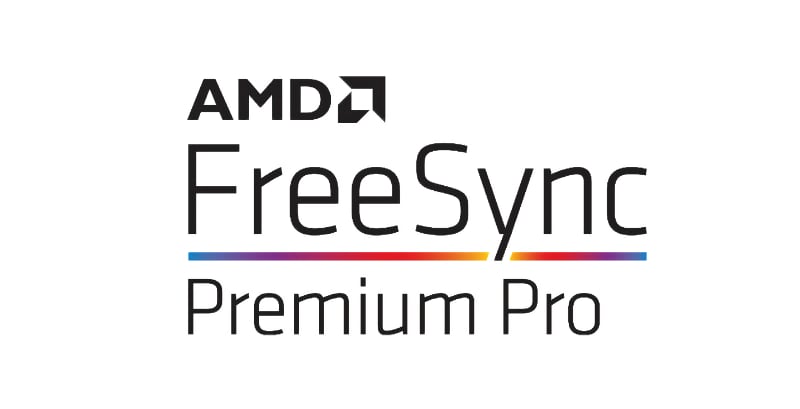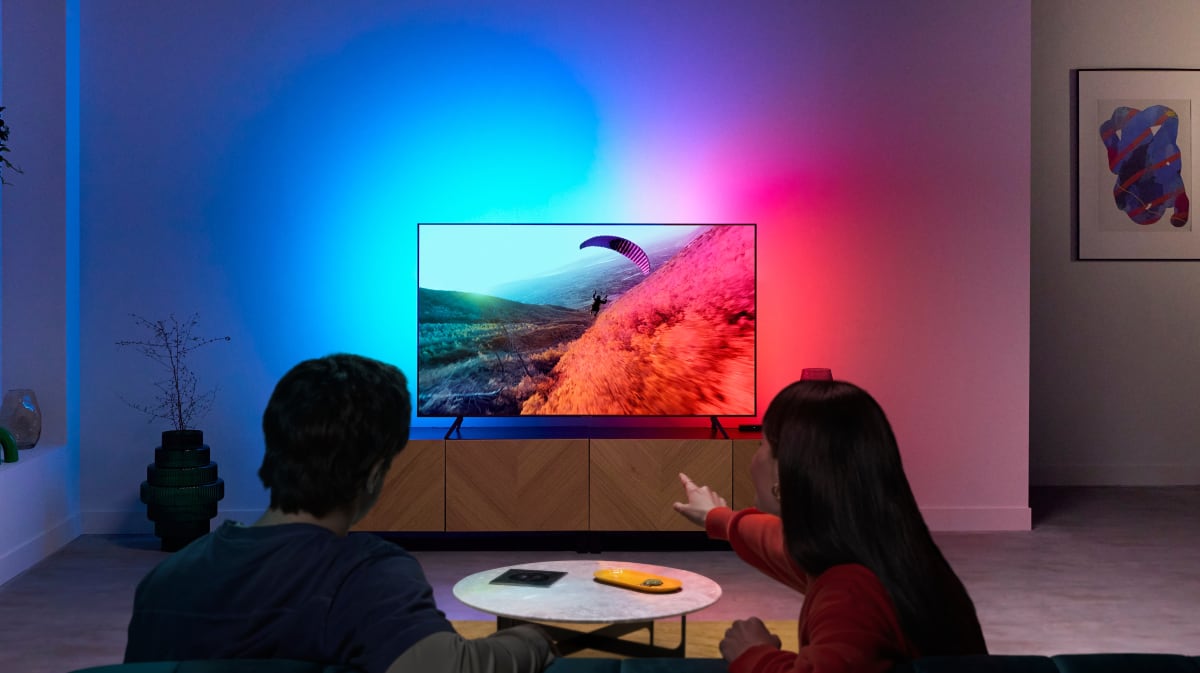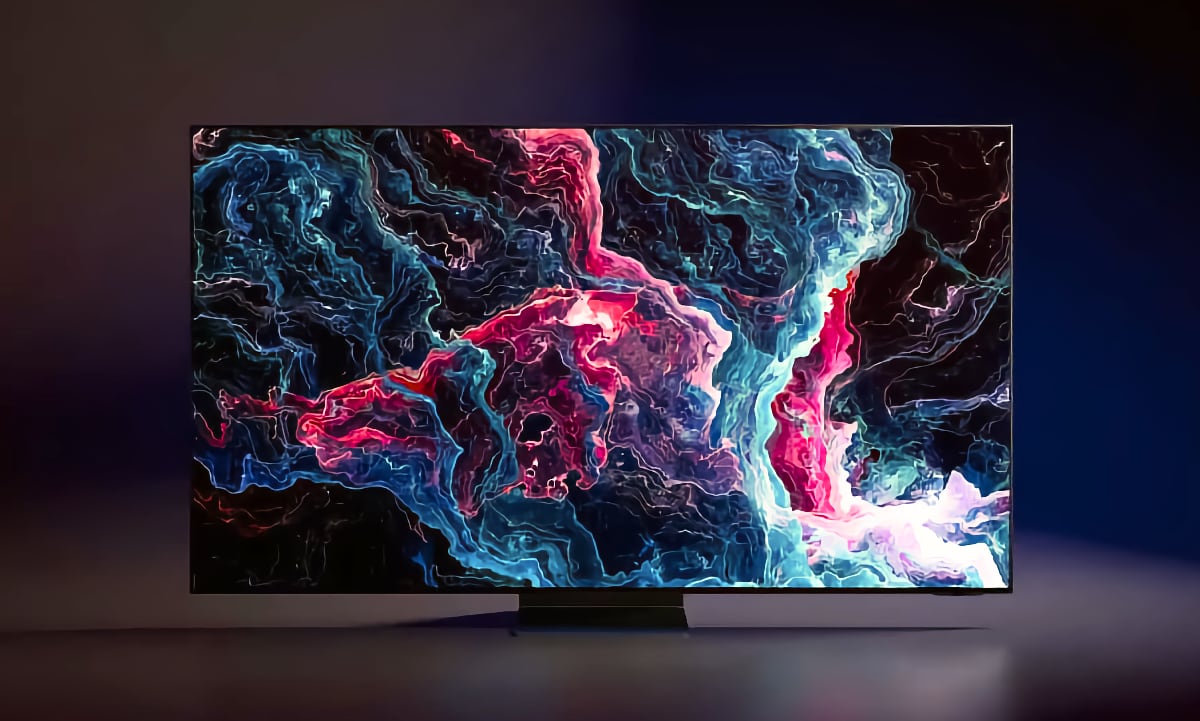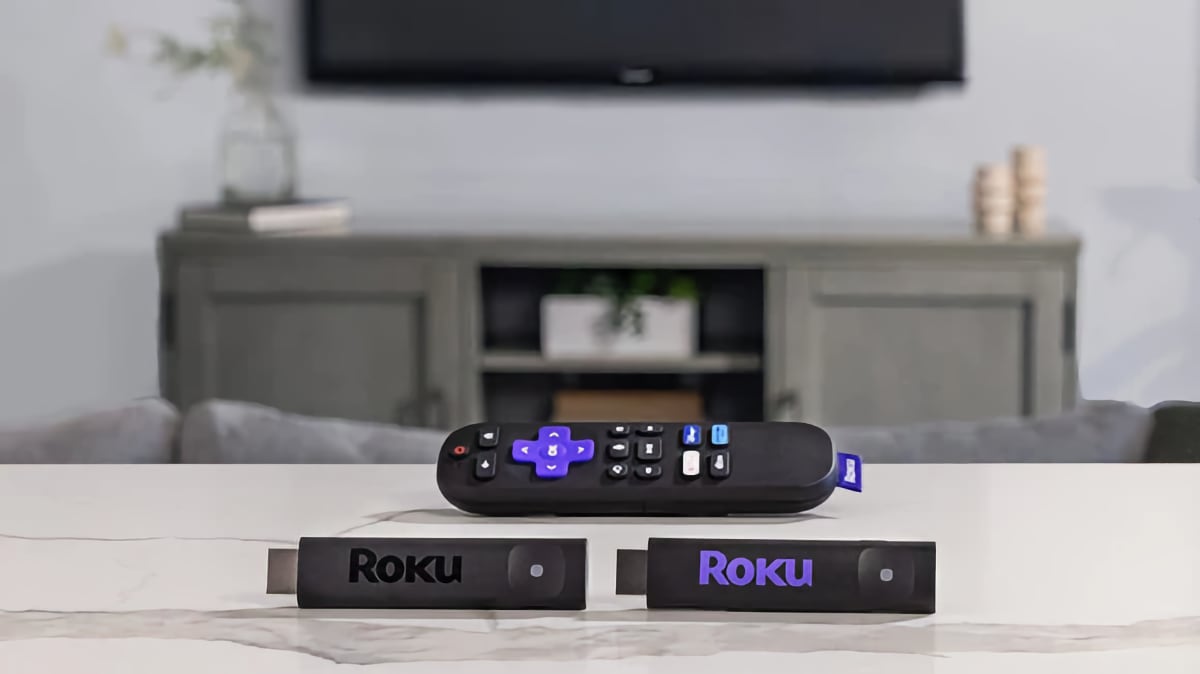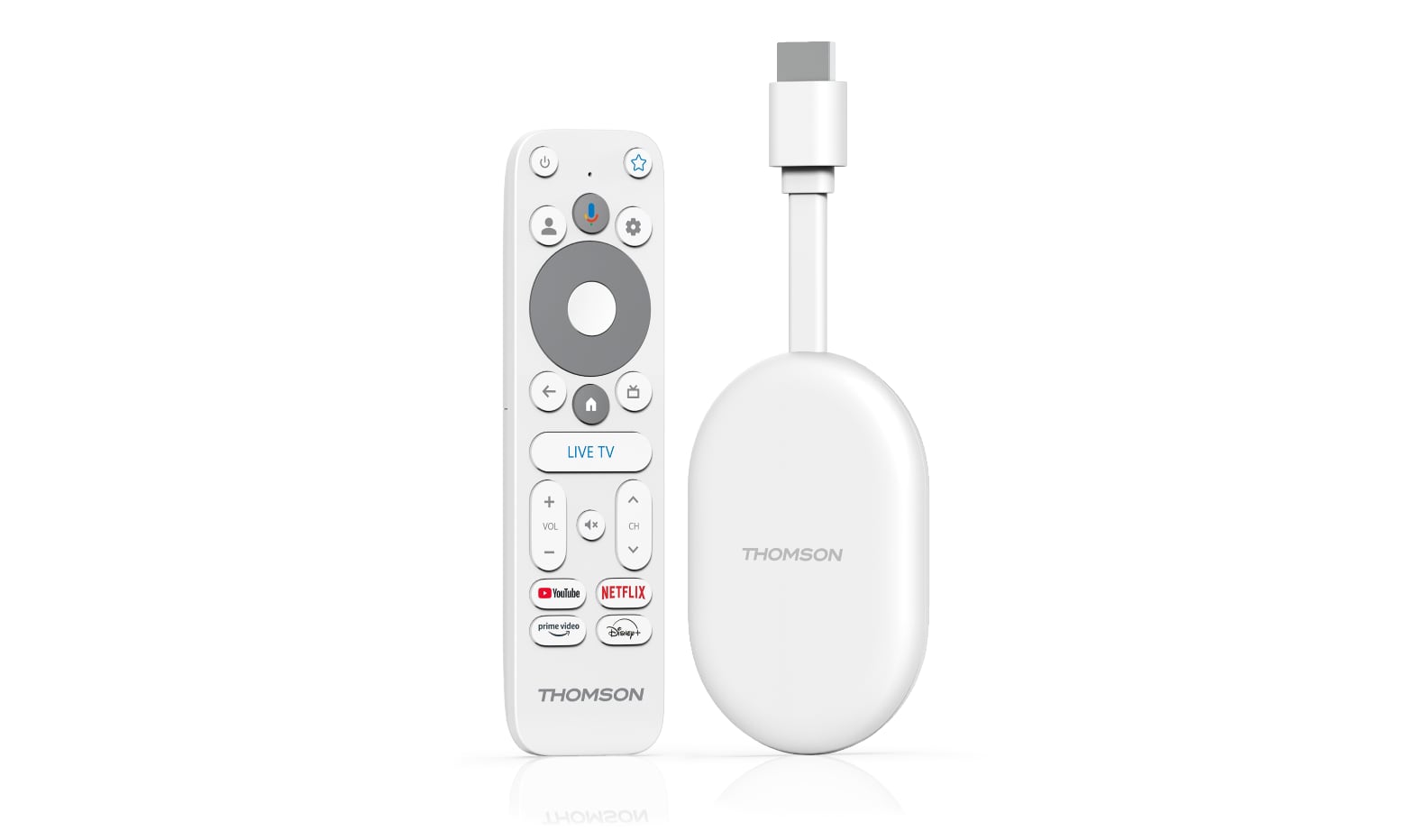AMD is renaming its FreeSync tiers to FreeSync, FreeSync Premium, and FreeSync Premium Pro to "make it easier for gamers to identify and select displays" and seemingly in response to Nvidia's G-Sync reshuffle.
New FreeSync names
Gone are the FreeSync 2 and FreeSync 2 HDR tiers. At CES 2020, AMD announced that going forward gaming monitors and TVs will use new names for FreeSync.
- "Adding to the baseline AMD FreeSync tier, AMD is introducing new AMD FreeSync Premium tiers to make it easier for gamers to identify and select displays that deliver the best, high-refresh, ultra-smooth gaming experience," said AMD
The basic tier, FreeSync, will "ensure a tear free, low latency experience" over HDMI or DisplayPort, said AMD. The Premium tier will require at least 120Hz refresh rate at minimum Full HD resolution as well as LFC (low framerate compensation). The Premium Pro tier adds support for HDR (High Dynamic Range).

The reshuffle from AMD comes as Nvidia also recently introduced an initiative to bring G-Sync to more screens. Under the new scheme, Nvidia has lowered its requirements in order to certify some display that were previously advertised as FreeSync only to be "G-Sync Compatible".
More details on AMD's new FreeSync tiers can be found in the table below or on amd.com.
AMD FreeSync - new names
| AMD FreeSync
Every AMD FreeSync monitor goes through a rigorous certification process to ensure a tear free, low latency experience. Pair your Radeon graphics card with an AMD FreeSync monitor over HDMI® or DisplayPort for effortlessly smooth gameplay.
- Tear free experience
Low latency
AMD FreeSync Premium
AMD FreeSync Premium2 technology adds to the baseline FreeSync technology tier and equips serious gamers with a fluid, tear-free gameplay experience at peak performance:
- At least 120hz refresh rate at minimum FHD resolution
- Support for low framerate compensation (LFC)
- Low latency
AMD FreeSync Premium Pro
AMD FreeSync Premium Pro3 technology raises the bar to the next level for gaming displays, enabling an exceptional user experience when playing HDR games, movies and other content:
- At least 120hz refresh rate at minimum FHD resolution
- Support for low framerate compensation (LFC)
- Low latency in SDR and HDR
- Support for HDR with meticulous color and luminance certification |

